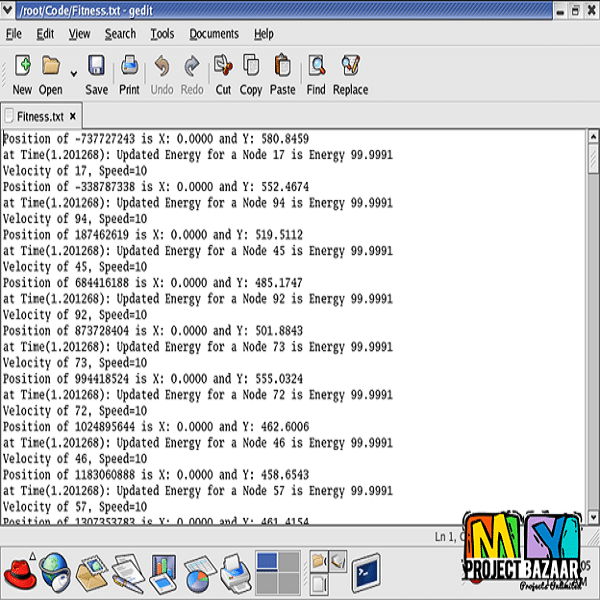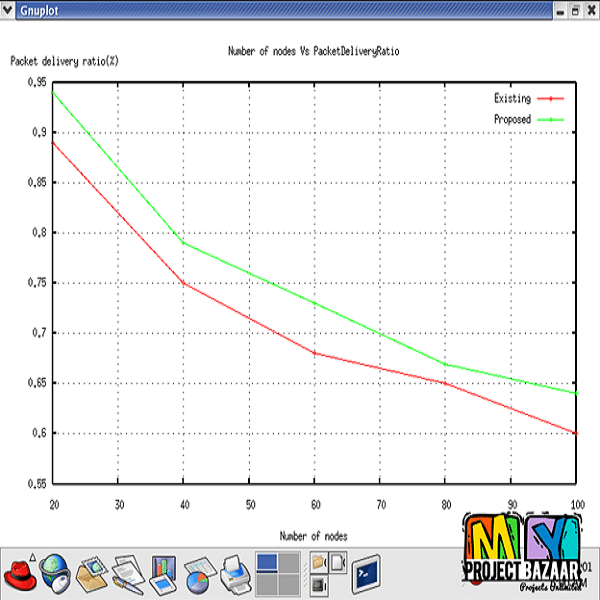Energy Efficient Multipath Routing Protocol for Mobile Ad-Hoc Network Using the Fitness Function
Product Description
Energy Efficient Multipath Routing Protocol for Mobile Ad-Hoc Network Using the Fitness Function
Abstract-Mobile ad hoc network (MANET) is a collection of wireless mobile nodes that dynamically form a temporary network without the reliance of any infrastructure or central administration. Energy consumption is considered as one of the major limitations in MANET, as the mobile nodes do not possess permanent power supply and have to rely on batteries, thus reducing network lifetime as batteries get exhausted very quickly as nodes move and change their positions rapidly across MANET. This paper highlights the energy consumption in MANET by applying the
fitness function technique to optimize the energy consumption in ad hoc on demand multipath distance vector (AOMDV) routing protocol. The proposed protocol is called AOMDV with the fitness function (FF-AOMDV). The fitness function is used to find the optimal path from source node to destination node to reduce the energy consumption in multipath routing. The performance of the proposed FF-AOMDV protocol has been evaluated by using network simulator version 2, where the performance was compared with AOMDV and ad hoc on demand multipath routing with life maximization (AOMR-LM)
protocols, the two most popular protocols proposed in this area. The comparison was evaluated based on energy consumption, throughput, packet delivery ratio, end-to-end delay, network lifetime and routing overhead ratio performance metrics, varying the node speed, packet size, and simulation time. The results clearly demonstrate that the proposed FF-AOMDV outperformed AOMDV and AOMR-LM under majority of the network performance metrics and parameters.
Including Packages
Our Specialization
Support Service
Statistical Report

satisfied customers
3,589
Freelance projects
983
sales on Site
11,021
developers
175+Additional Information
| Domains | |
|---|---|
| Programming Language |

















